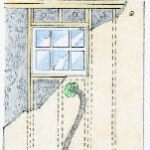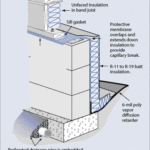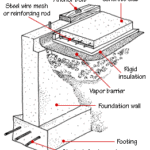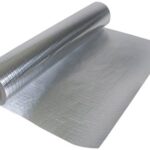The importance of a well-insulated home can’t be overstated: Properly sized and installed insulation can reduce energy usage, keep you warmer in winter and cooler in summer, and save you money with lower energy bills.
For homeowners and homebuilders alike, fiberglass insulation has been the insulation of choice for many decades. While fiberglass remains very popular, there’s another type of insulation that’s growing in popularity in the insulation industry: rock-wool insulation.
What Is Rock Wool Insulation?
Rock wool, which is also called mineral wool, comes in easy-to-install batts, similar to fiberglass. But instead of being composed of fluffy glass fibers, rock wool is made of—you guessed it—rocks, which doesn’t even seem possible. Here’s a brief explanation of the manufacturing process.
Natural rock is heated in a furnace to about 3,000 degrees until it melts into a liquid. The magma-like liquid is exposed to a high-pressure jet of air or steam, and then spun at super-high speed into long fiber strands. (Think: cotton candy machine filled with liquid rock.) The strands are captured and compressed into thick, dense mats, which are then cut into convenient-sized batts of insulation.
The unique composition of rock wool produces a high-performing insulation with the following features:
- Made from natural, sustainable material
- Typically contains up to 75 percent recycled content
- Retains heat well and traps air, which slows the transfer of heat
- Non-combustible and fire resistant to about 1,400 degrees
- Highly water repellent
- Excellent sound-deadening properties
- Higher insulating value than fiberglass
- Long-term performance—rock wool doesn’t degrade over time
- Allows moisture to escape (which deters mold and mildew)
- Dense, firm batts are friction-fit into place; no stapling necessary
Where to Use Rock Wool Insulation
Rock-wool insulation can be installed wherever you’d install fiberglass or any other type of insulation, including walls, floors, ceilings, attics and crawlspaces. However, it’s particularly well-suited for rooms along the cold north side of the house and for interior rooms in need of sound deadening, such as media rooms or music studios.
Because rock wool is highly fire resistant, it’s ideal—and often code-required—for use as a firestop between floors of a house. (During remodeling or new construction, ask the local building inspector to identify specific areas that require rock wool firestops.)
Rock wool is also easy to work with: The firm batts can be cut with a serrated knife or handsaw to fit snugly into place. If it gets wet, water beads up and rolls off without soaking into the fibers. The rock-wool fibers are compacted so tightly together that there’s no chance of the insulation shifting out of position or slumping down, which would dramatically decrease its insulating value.
Note that rock-wool insulation only comes un-faced, meaning there’s no kraft-paper or foil barrier. Depending on the situation, you may need to install an independent permeable membrane to serve as a vapor barrier.
The Bottom Line
At this point you might be wondering why rock wool isn’t the only type of insulation being installed. Here’s why: price.
Fiberglass insulation for a 2×6 wall costs between 57 cents and 72 cents per square foot. Rock-wool insulation for the same wall cost about $1.06 per square foot. That’s a significant difference, especially if you’re insulating an entire house or large addition.
However, in most cases, you’ll recoup the additional cost through lower energy bills, because, while fiberglass insulation has an R-value of 19, rock wool has an R-value of 23. The increased insulation capability allows you to keep your home at a comfortable temperature for longer without needing to adjust your thermostat, meaning you’ll make up the initial cost within a couple years. Plus, with rock wool insulation’s long-term durability, your home will be well-insulated with little maintenance needed for years to come.
Joe Truini is a home improvement expert who writes about a variety of topics related to carpentry and plumbing. Joe is also the author of numerous DIY books, including the best-selling Building a Shed. To learn more about Rock Wool insulation and other products for insulating your home, please visit The Home Depot website.



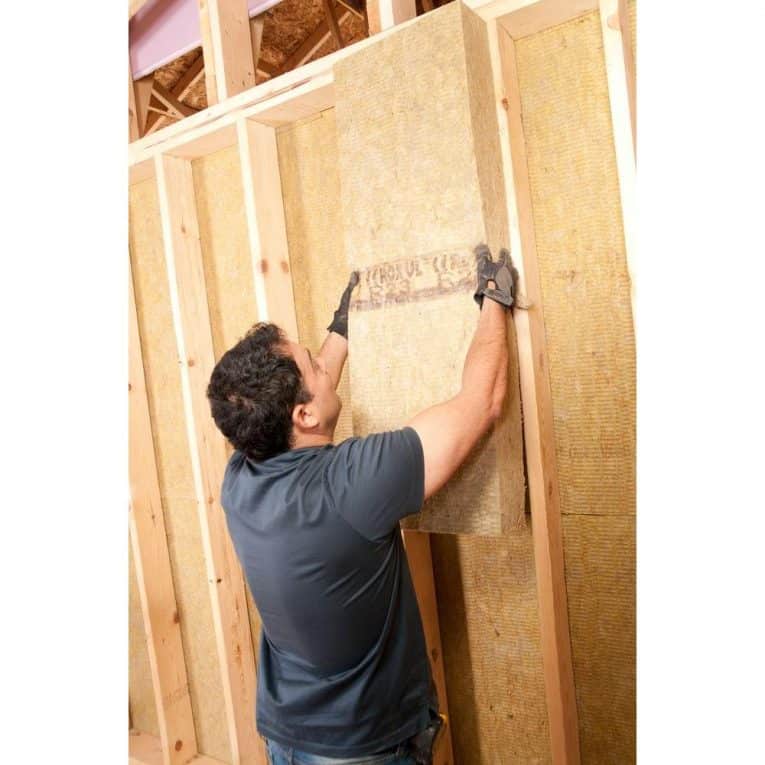
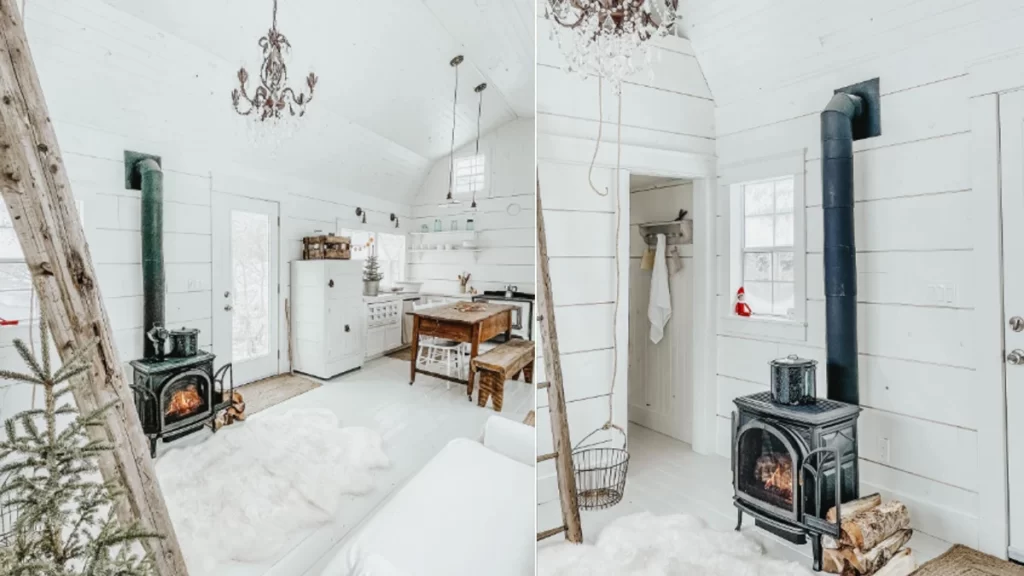



 Don Vandervort writes or edits every article at HomeTips. Don has:
Don Vandervort writes or edits every article at HomeTips. Don has:
